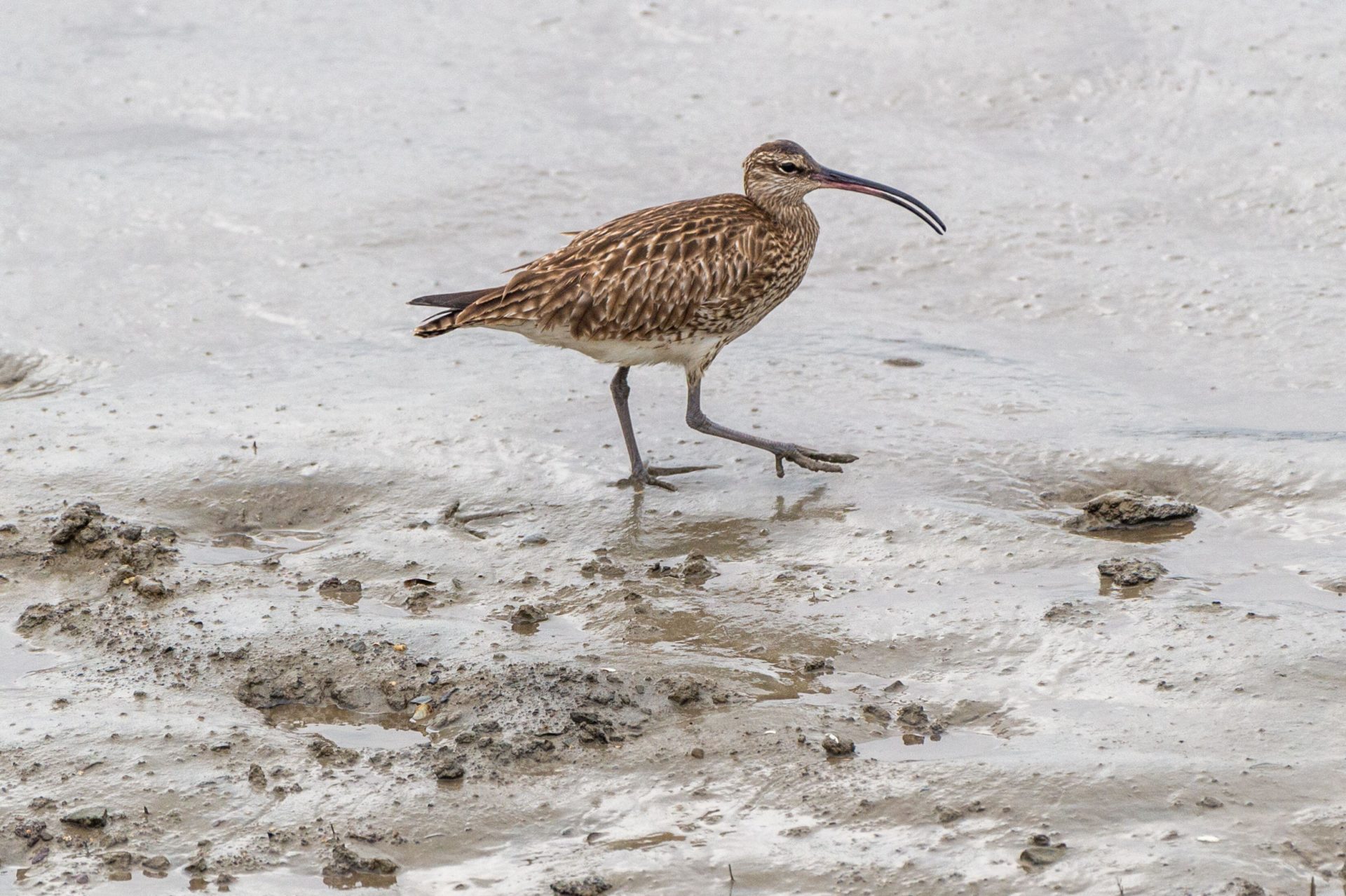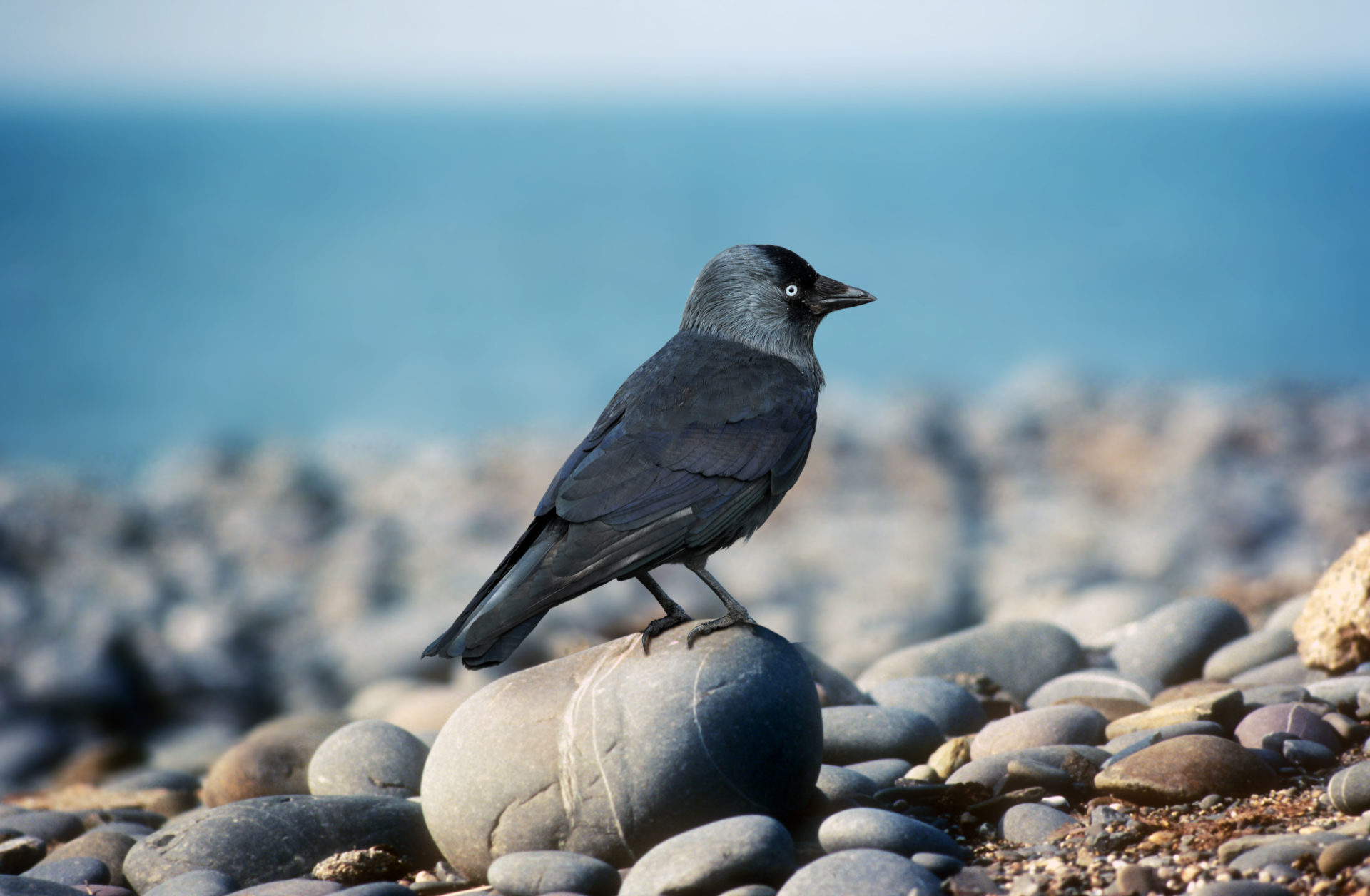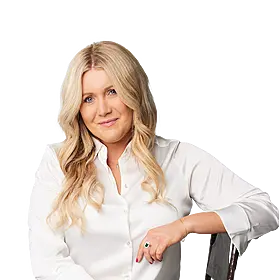Half of the wild creatures in Ireland have vanished since 1970, one environmentalist has warned.
Éanna Ní Lamhna was speaking amid a renewed debate in Britain around the conservation of newts.
The UK's largest newt, which is a protected species under British law, is reportedly interfering with plans of the country's former prime minister Boris Johnson.
Mr Johnson launched an application to build an outdoor pool at this house in Oxfordshire; however there are concerns that great crested newts living in the grounds.
Author and environmentalist Éanna Ní Lamhna told Moncrieff similar debates need to be had here.
"Half of the amount of wild creatures in Ireland have vanished since 1970.
"In the last 50 years, half of it has gone.
"It's down to land use change, it's down to building roads, it's down to draining the bogs, it's down to removing turf, it's down to organisation.
"It's down to land use change, essentially, not climate change".
'Curlews are practically gone'
Ms Ní Lamhna said certain species have been impacted more than others.
"Things like corncrakes, things like curlews are practically gone - they're ground nesting birds, and they used to nest in hayfields," she said.
"Now all our food for animals is silage rather than hay, and the fields are cut in May and later on in July as well.
"As a consequence, the ground nesting birds nests aren't established when that first cut of silage comes.
"That has been a huge land use change when you consider 60% of the country is covered in grass in the first place.
"90% of the curlews are gone, and we have corncrakes on Tory Island and Magheroarty and up in the Mullagh Peninsula.
"That's all, it's gone everywhere else".
 A curlew is seen in the Timoleague Estuary in Cork in April 2023. Picture by: AG News/Alamy Live News
A curlew is seen in the Timoleague Estuary in Cork in April 2023. Picture by: AG News/Alamy Live NewsMs Ní Lamhna said there are plenty of places for people to live nowhere near protected species.
"Since we joined the EU, we have designated places to be conserved for birds, for habitats, for species," she said.
"The whole county is not covered with these designations, so if you want to do something in a place that's designated then we have to consider the wildlife.
"There's plenty of places that aren't designated - and this is what's happened to Boris Johnson in Britain.
"This newt is protected under their wildlife legislation, and he wants to actually build a swimming pool where these newts are - and he can't because they're protected under his own legislation".
 A jackdaw is seen on a boulder-strewn beach in 2009. Picture by: David Boag / Alamy Stock Photo
A jackdaw is seen on a boulder-strewn beach in 2009. Picture by: David Boag / Alamy Stock PhotoMs Ní Lamhna said there are also some creatures who are thriving due to the changes.
"There's no shortage of rooks, there's no shortage of jackdaws, there's no shortage of pigeons," she said.
"The way the land is managed suits those kind of creatures.
"I try to make people want to conserve wildlife to see that it is a good idea that we should actually be sharing our environment with wildlife.
"Once they're gone, they're gone," she added.
Listen back here:









